The Invasion of Sweden
In late July of 1943, the Soviet Union finally entered the war, invading Sweden and portions of Denmark with over fifty divisions. The Commies established firm control over the southern coast by nightfall on July 21st, but the lines stalled out. Although Eisenhower and the staff at SHAEF HQ were worried that Stalin would send reinforcements, the Swedes assured them that pressure on Germany would help them out by forcing Soviet redeployments.
Operation Meridian
Although the Soviets were making moves, the Axis war machine came to the brink of total collapse by the late summer of 1943. With France, Belgium, and portions of the Netherlands restored to their rightful governments, the Allies began to plan a final assault to push into Germany and knock them out of the war. Fortunately, the German war machine had all but collapsed at this stage.
Hitler demanded that his forces fight on at all costs, but the Nazis never regained any of their previously conquered territory after their spectacular defeat in France. While the Nazis held onto the borders of the Rhine, a major victory took General Eisenhower and President Roosevelt by surprise…
Victory At Copenhagen!
Although it was once thought to have ground into a stalemate, the Northern Front in Europe had been almost secured by November of 1943. With the help of some British, American, and Brazilian divisions, the Swedes were able to smash through the Soviet lines and drive them out of the country. Unfortunately, the failure to secure Denmark allowed some divisions to escape and rejoin the bulk of the Red Army… in northwestern Germany.
The Allies would be forced to deal with the full might of the Soviets in central Europe. Luckily, General Eisenhower and his planning team had a few tricks up their sleeve.
Feel The Envelopment
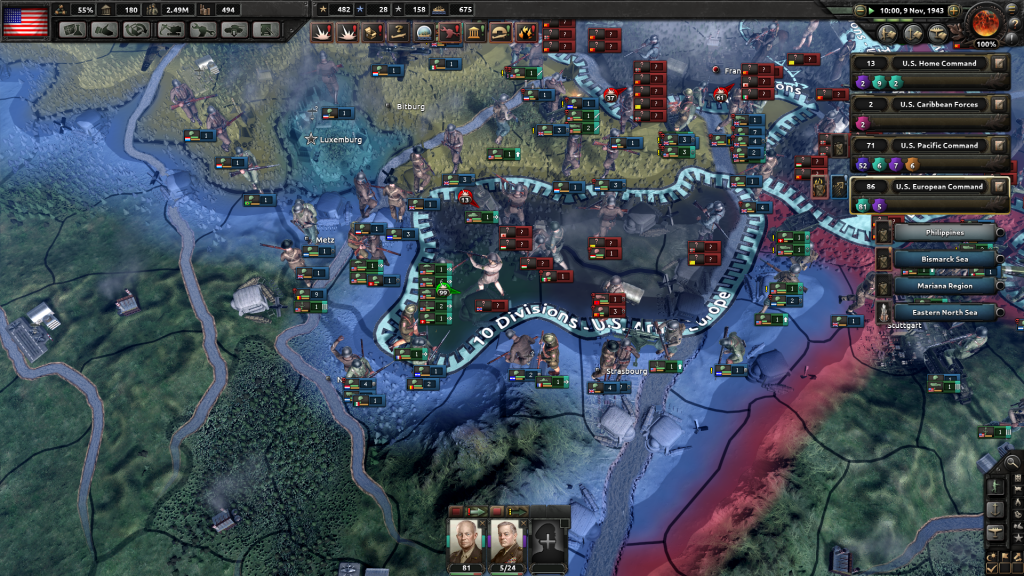
General Eisenhower wondered why the Japs weren’t in the Pacific Theater, but he soon chalked it up to a coding error.
Although the United States focused more on heavy firepower doctrines, Allied commanders thought it would be useful to conduct a series of lightning assaults. The hope was to deprive Nazi and Soviet forces of supplies by cutting them off from Berlin and Moscow, respectively. On November 8th, 1943, the Allies slammed shut a pocket in Alsace-Lorraine, trapping an unknown number of Axis (and some Soviet) divisions.
The liberation of Denmark & Finnish and Swedish landings at Rostock split the attention of the Soviets for a brief while. The gambit gave General Eisenhower more room to maneuver, allowing the British, French, and Americans to shut a second, but much smaller pocket in the north. Instead of pushing on to Berlin, Ike ordered a series of tactical maneuvers to trap the Soviets in a third pocket.
Although his team planned the encirclement down to the letter, the Soviets were much harder to take out once the bullets started flying…
Some Allied divisions were exhausted from the constant fighting, giving the Soviets an opening to move out of the Rhine Pocket in late January of 1944. However, the arrival of fresh armored divisions slammed the pocket shut before the end of the month. Historians don’t really know how many Soviets and Nazis were starved out before they surrendered, but the destruction of those divisions marked the last turning point in the European Theater.
The war was effectively over, but Stalin and Hitler were ever so stubborn. Therefore, President Roosevelt ordered U.S. forces to converge upon the capital.
The Fall of Berlin
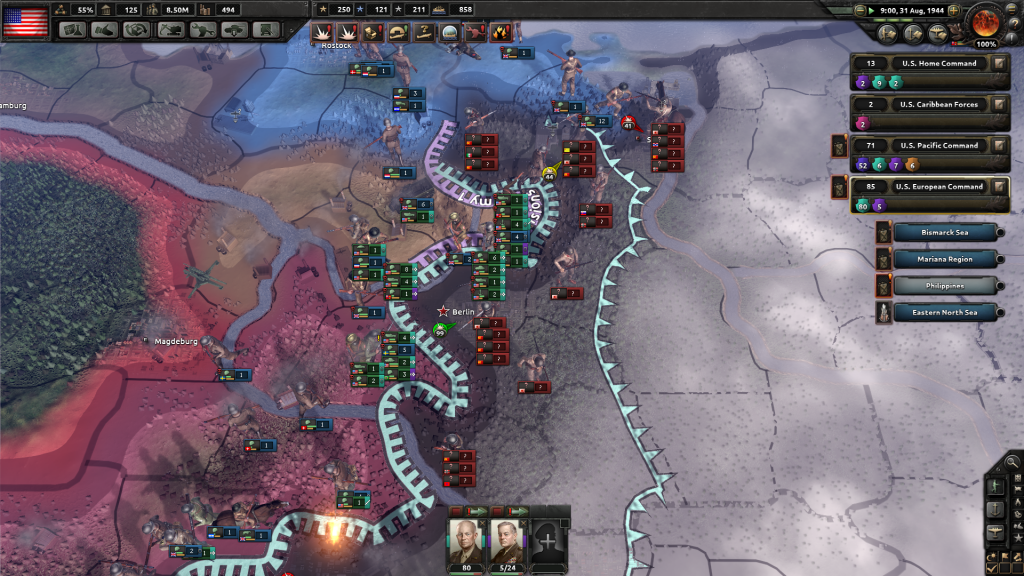
The Soviets were so outmatched that Berlin collapsed without much of a fight. American GIs discovered that Hitler had committed suicide later that day.
The Battle of Berlin seemed to be nothing more than a footnote in the great battles of the Second World War. By that time, the Allies had so thoroughly destroyed the Nazi war machine that the Soviets were all that stood in the way of Ike taking the city. And even the Red Army was not enough. American Shermans smashed through the perimeter and the city was taken in less than nine hours of street fighting.
The Soviets tried to mount a counter-attack, but their forces were so depleted that gaps began to open up. Rather than push on to Moscow, Ike and his men devised a cunning strategic maneuver to secure the rest of Germany. It would go down in history as the largest strategic encirclement ever seen in the history of warfare…
Continued In Part 5!
If you like what you see here, consider buying Hearts of Iron IV via Amazon. Links are in the sidebar or below this post! Enjoy!
Hearts of Iron IV Copyright © 2016 Paradox Interactive AB. www.paradoxplaza.com
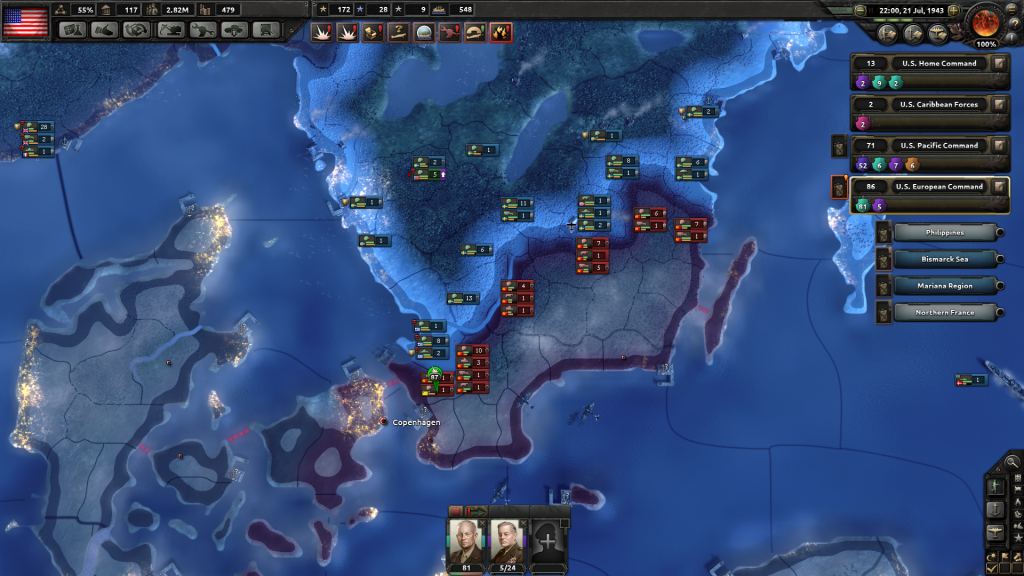
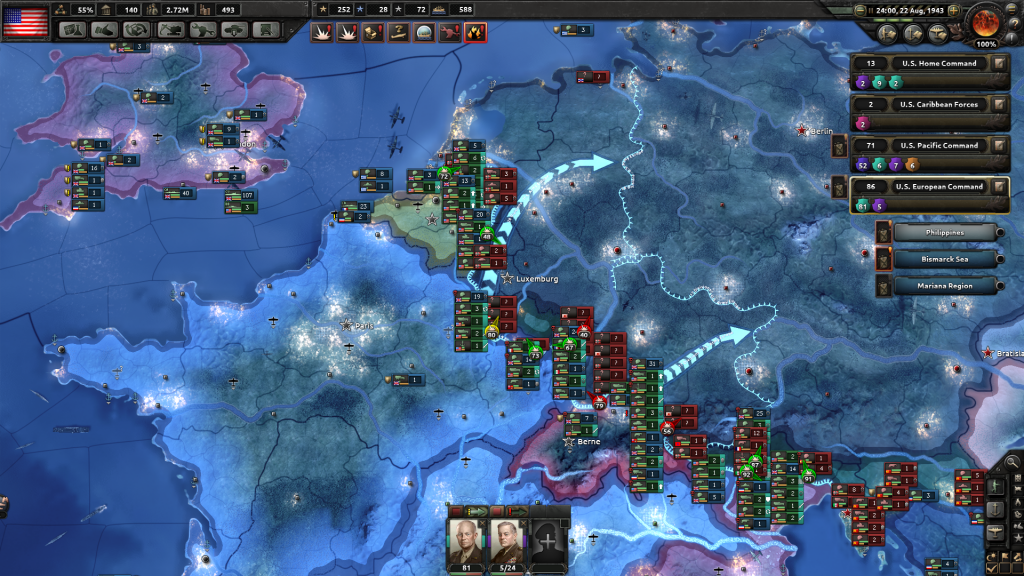
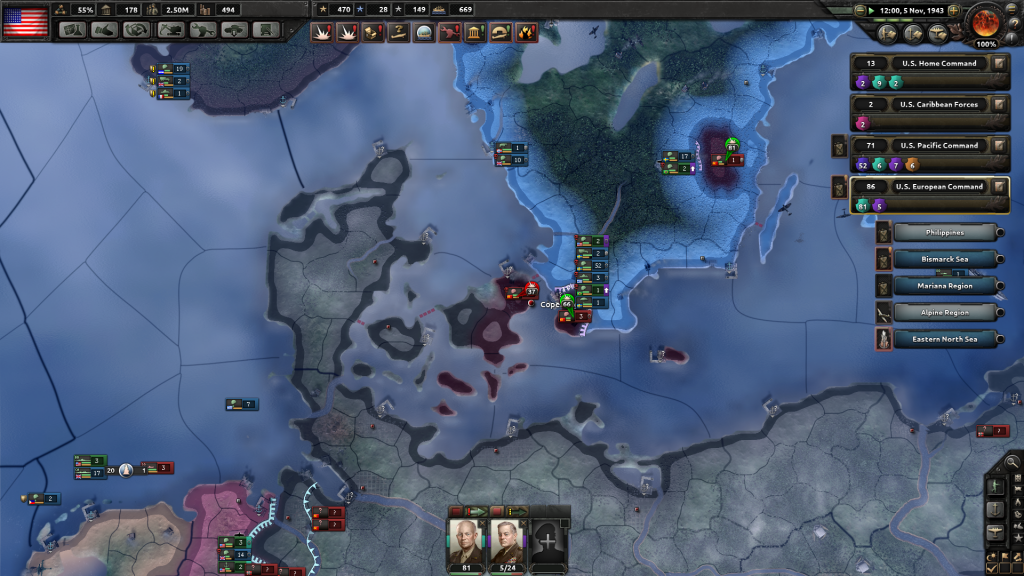
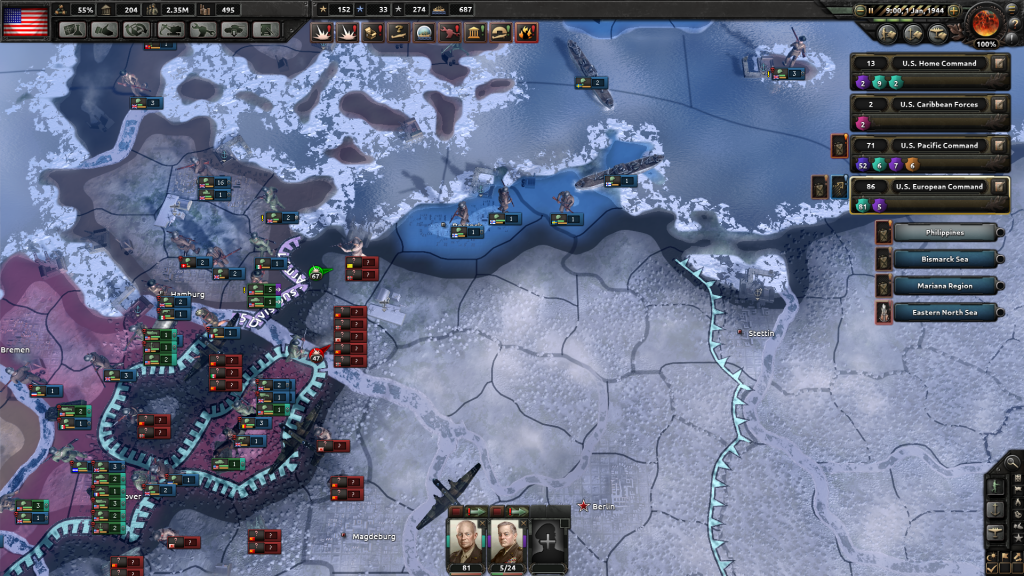
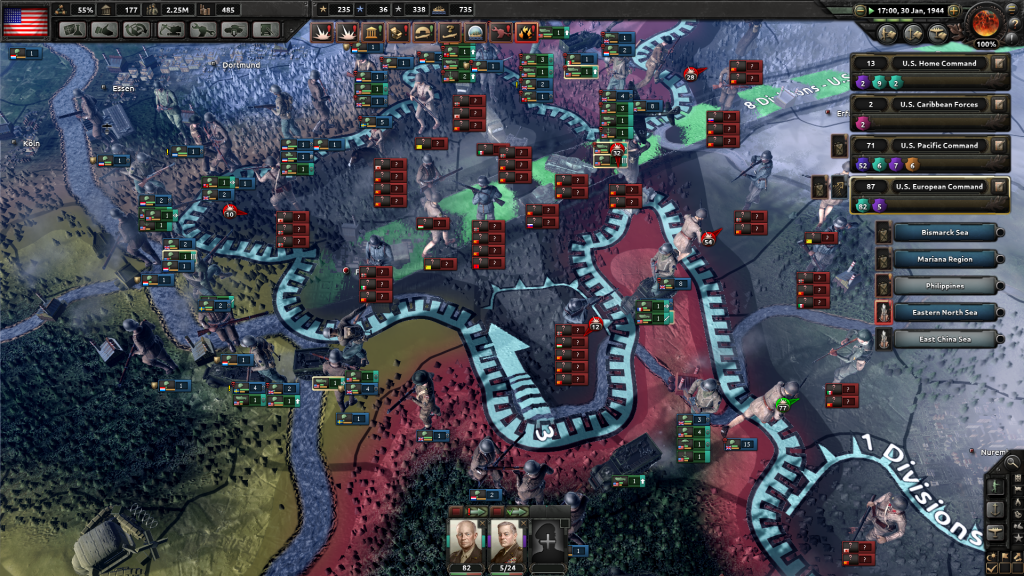
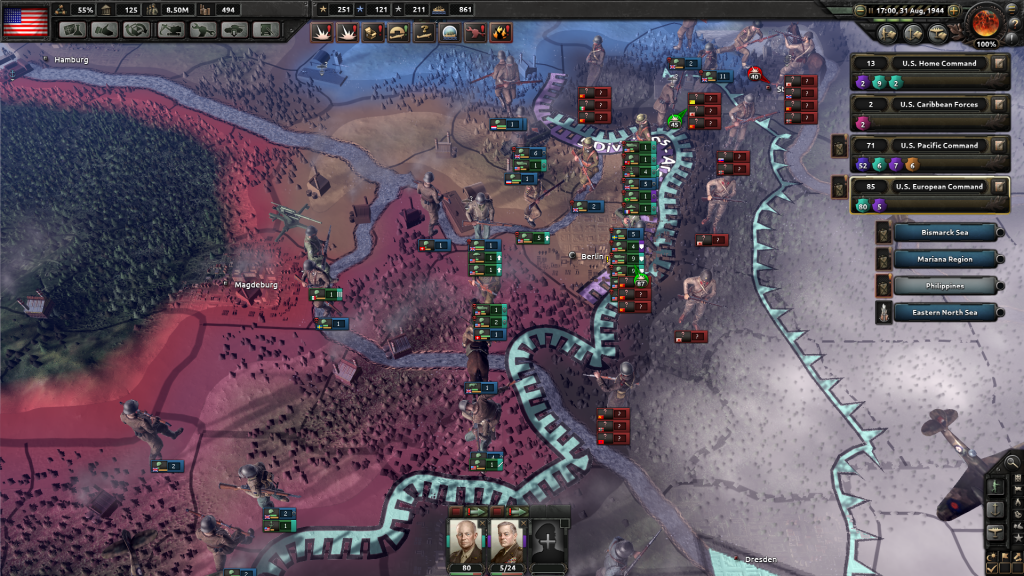
No Comments Yet